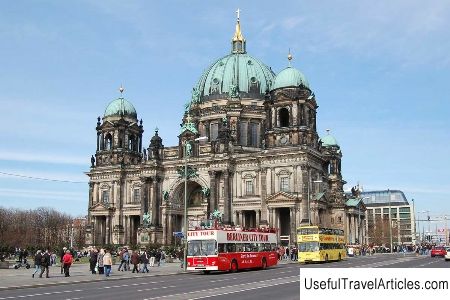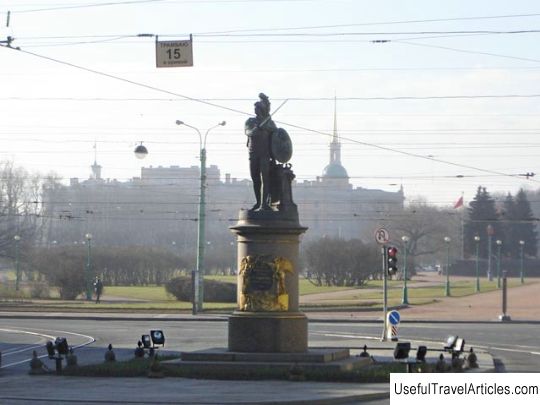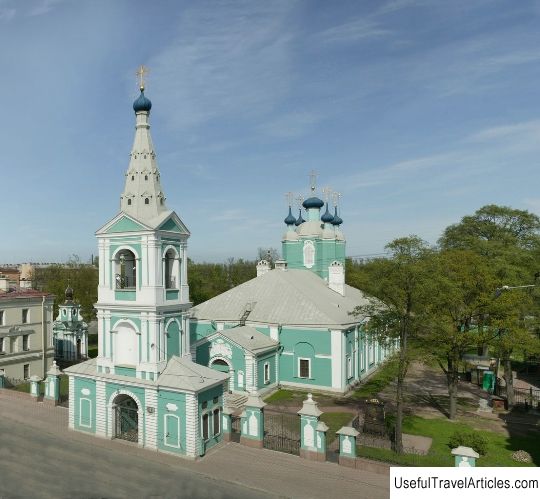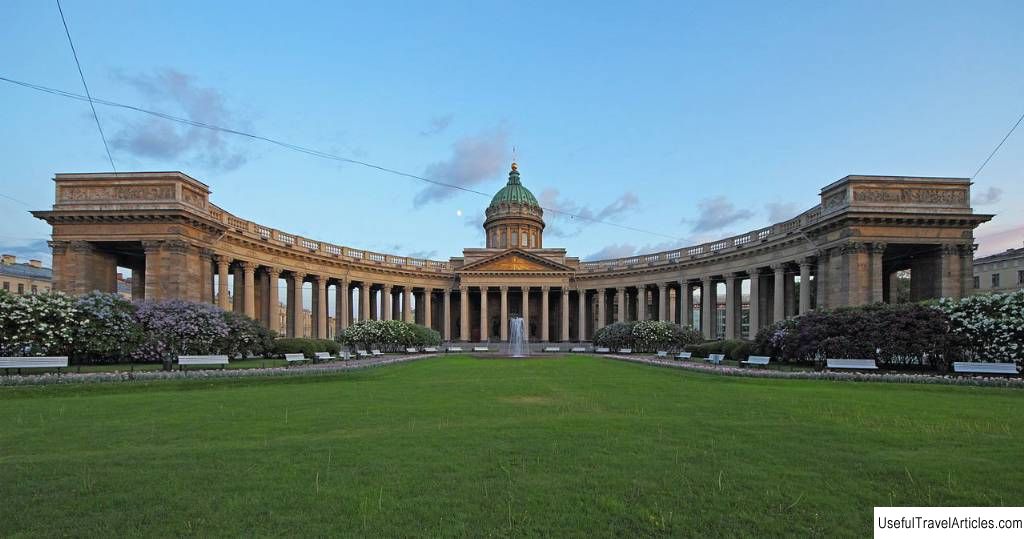Monuments to M. I. Kutuzov and M. B. Barclay de Tolly description and photo - Russia - Saint Petersburg: Saint Petersburg
Rating: 7,5/10 (100 votes) 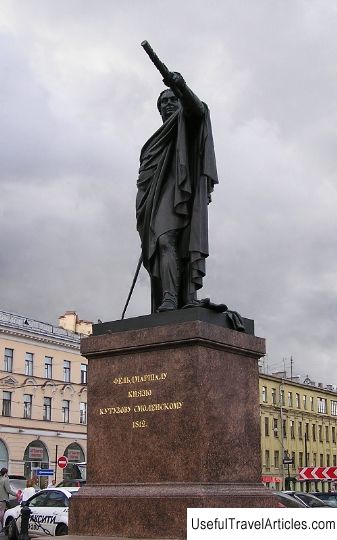
Monuments to M.I. Kutuzov and M.B. Barclay de Tolly description and photo - Russia - Saint Petersburg: Saint Petersburg. Detailed information about the attraction. Description, photos and a map showing the nearest significant objects. Photo and descriptionMonuments to M.I. Kutuzov and M.B. Barclay de Tolly next to the Kazan Cathedral - represent some of the best works of monumental sculpture of the 30s. 19th century. After the funeral of Kutuzov on June 13, 1813. in the Kazan Cathedral in Saint Petersburg, surrounded by the trophies of the victorious army, the cathedral on Nevsky Prospect became a monument to the feat of the Russian people in the war of 1812. And when the question was raised of where to erect a monument to the greatest commander, no one doubted. Field Marshal Barclay de Tolly also made an invaluable contribution to the victory of the Russian troops, the troops of the Russian Empire under his command completed the liberation of Europe from Napoleon and in the spring of 1814. triumphantly entered Paris. Initially, the execution of the monuments to the famous commanders Kutuzov and Barclay de Tolly was entrusted to the young sculptor E. Schmidt von der Launitz, who was a student of B. Thorvaldsen. A contract was signed with him, according to which Launitz had to make portrait statues of Kutuzov and Barclay de Tolly for 5 years. In 1827, Launitz presented projects of monuments that were rejected. A competition for the best designs of monuments to the commanders was announced again. Famous sculptors were invited to take part in it: I.P. Martos, V.I. Demut-Malinovsky, S.S. Pimenov and N.A. Tokarev. The categorical condition of the competition, rather unusual for that time, was to portray Kutuzov and Barclay de Tolly in uniforms, with the relying melee weapons and the wands of field marshals. Within six months from the moment of the announcement of the competition, not a single project was presented. In 1828. to participate in the competition, graduates of the Academy of Arts S.I. Galberg and B.I. Orlovsky. The winner of the competition was named Boris Ivanovich Orlovsky, a talented sculptor who was previously a serf (whose liberation was achieved by the outstanding sculptor I.P. Martos), since Galberg was against a rather realistic interpretation of the figures of the commanders. Orlovsky completed the model of the statue of Kutuzov. in 1831. The statue of M. B. Barclay de Tolly was cast in 1836. The pedestal for the statues was designed by V.P. Stasov. from granite, which was mined and carved by master S. Sukhanov. The monuments were erected under the direction of the architect K.A. Tona. The statues of the commanders are distinguished by an amazing portrait and psychological similarity. Kutuzov is depicted as a sculptor in the uniform of a field marshal. In his left hand he has a field marshal's baton, in his right - a sword, at the feet of Kutuzov - French military banners. With this detail, the sculptor emphasized the leading role of Kutuzov in the war with the French. To create a reliable portrait of the commander, the sculptor used the portrait of the commander by D. Doe. The statue of Kutuzov was the first step towards the realism of the image in Russian sculpture and the transition from classicism to realism. Similar features are characteristic of the monument to Barclay de Tolly, only in it the realistic features appear even more clearly. In the lowered left hand of Barclay de Tolly is the marshal's baton. His gaze is directed into the distance. With the monument to Kutuzov, he makes up a complete composition. But at the same time, each monument is an independent work. Monuments to two great commanders are installed at the midpoint of the distance between the Kazan Cathedral and Nevsky Prospect. This kind of installation ensures both their independence and compositional unity with the architectural ensemble of the square in front of the cathedral. During the harsh days of the Great Patriotic War, monuments to the great Russian commanders became for the inhabitants of Leningrad a symbol of heroism, firmness and confidence in the victory of the Russian people. These monuments were one of those that were not covered with sandbags during the siege days, but inspired the defenders of the city.         We also recommend reading Carthusian monastery of Certosa di Padula description and photos - Italy: Campania Topic: Monuments to M. I. Kutuzov and M. B. Barclay de Tolly description and photo - Russia - Saint Petersburg: Saint Petersburg. |
